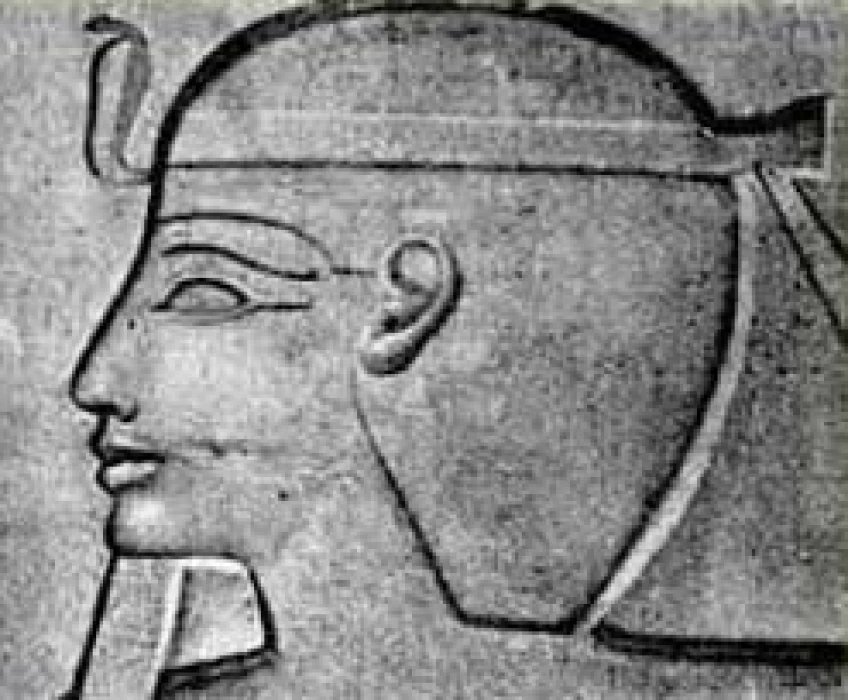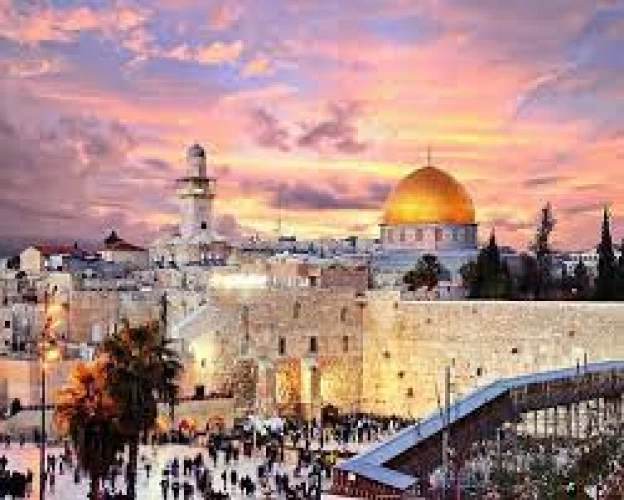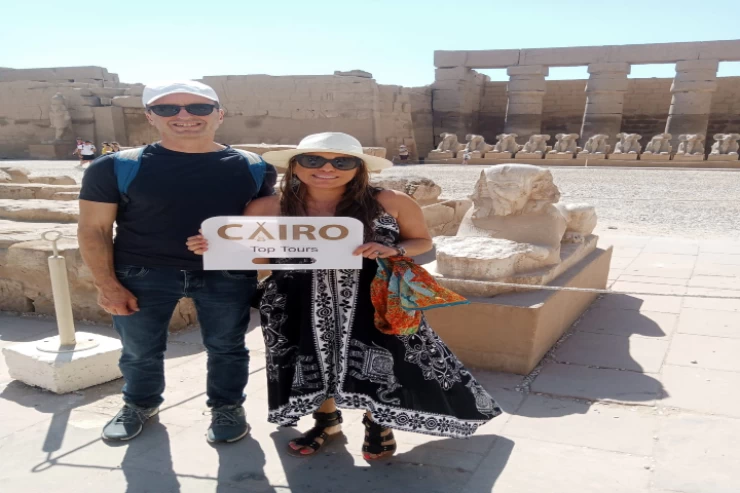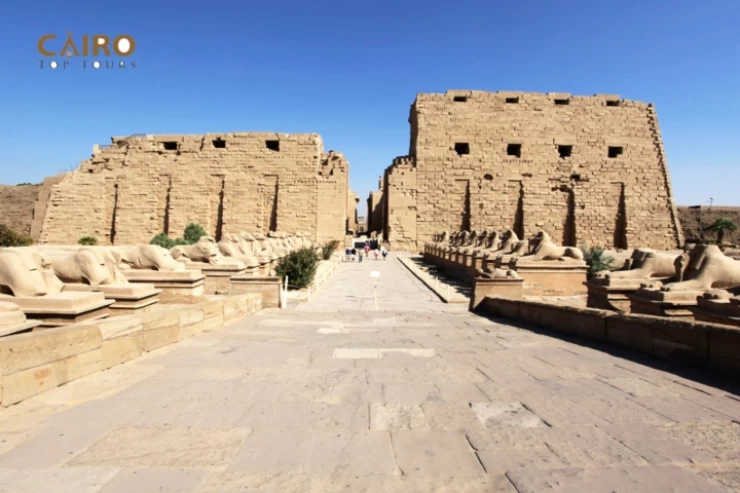
The Twenty-Second Dynasty in Ancient Egypt
The Twenty-Second Dynasty in Ancient Egypt
Both the king and the "great god" (no doubt Amun) had given a favorable answer. It is almost certain that the pharaoh in question was the last of the Psusennes, it is known that Osorkon II, son, and successor of Sheshonq, married his daughter, Makara. As far as is known, the new sovereign had numerous children, to whom he entrusted the most suitable positions to ensure the continuity of his regime.
According to the stele of Harpson, the wife of Sheshonq and the mother of Osorkon II was Karoma, but elsewhere she is called "Adorer of God", a title that was believed to exclude any marital relationship. Another son of Sheshonq was Juput, whom his father named high priest of Amun-Ra at Karnak, breaking the hereditary tradition hitherto observed. This was a particularly skillful move because it placed that very important office under the direct control of the sovereign, and it seems that the same system was followed for several successive generations.
Thebes, although always proud of its importance, went through a period of political stagnation. Apart from self-censorship and arid genealogical lists, very little can be derived from the verbose epigraphs on the statues of the Theban dignitaries. Precious to establish the reign years of the 22nd and 23rd dynasty are the levels of the Niloregistered on the pier in front of the temple. In Middle Egypt, just north of Oxyrhynchus, a fortress with a temple, where Sheshonq I and Osorkon II joined hands, apparently served as a kind of border or barrier between the north and south of the country.
The exact relationship between Sheshonq III and its predecessor Takelot II is unknown. It is known only that the latter's son, Osorkon, the high priest in Thebes remained in office at least until the twenty-ninth year of Sheshonq III's reign, which suggests that there were no problems for the succession.
Would you like to experience a journey through ancient Egyptian culture and mythology? you can make it happen and spend a day visiting Abydos, Giza, Luxor and Aswan to see the tombs of the pharaohs adorned with very clear, detailed and beautifully painted scenes of the various deities of ancient Egypt, as well as many other sites, cities, adventures and things to do in Cairo, you can try booking one of our Egypt travel packages and many private Cairo day trips from the airport and Egypt day trips to explore Egypt's capital, Cairo you can check out many of the Egypt itineraries or take one of our complete Cairo day trips, such as:
Latest Articles
Admin
Seabourn Sojourn Cruise Stops in Safaga Port
The Seabourn Sojourn, the flagship vessel of Seabourn Cruise Line's ultra-luxury fleet, was built in 2008 at the T. Mariotti shipyard in Genoa, Italy. Measuring 198 metres, it can accommodate up to 450 guests in its 225 spacious all-suite staterooms.
Admin
Norwegian Sky Cruise Stops in Safaga Port
Norwegian Cruise Line operates a cruise ship called the Norwegian Sky. It was constructed in 1999 and can accommodate 2,004 passengers in addition to 878 crew members. The ship has several dining establishments, lounges and bars, a spa and fitness center, swimming pools, and a number of entertainment areas.
Admin
Explora II Cruise Stops in Safaga Port
Explora II, the second vessel in the Explora Journeys fleet, sets sail in 2024 to redefine luxury cruising. With 461 ocean-front suites, 9 culinary experiences, and 4 pools, this haven of sophistication and sustainability promises an unforgettable "Ocean State of Mind" journey to inspiring destinations.
Admin
Mein Schiff 6 Cruise Stops in Safaga Port
The Mein Schiff 6 is the latest cruise ship in the renowned TUI Cruises fleet, offering passengers a luxurious and sophisticated cruise experience. At 315 metres long, this floating resort features a range of dining options, entertainment, and recreational facilities, including a spa, fitness centre, and sports amenities.
Admin
Mein Schiff 4 Cruise Stops in Safaga Port
When the Mein Schiff 4 cruise ship docks in Safaga, Egypt, passengers are granted access to a realm of ancient wonders. Aboard this state-of-the-art vessel, guests can embark on meticulously curated shore excursions that showcase the region's most iconic landmarks, including the Giza Pyramids, the enigmatic Sphinx, and the remarkable tombs and temples of the Valley of the Kings in Luxor.
Admin
MS Europa Cruise Stops in Safaga Port
The Silver Moon, Silversea's latest flagship, is a luxury cruise ship that offers an exceptional travel experience for Venezuelans exploring Egypt. With a capacity of 596 guests and an impressive 40,700 gross tonnes, the Silver Moon maintains the small-ship intimacy and spacious all-suite accommodations that are the hallmarks of the Silversea brand.
















